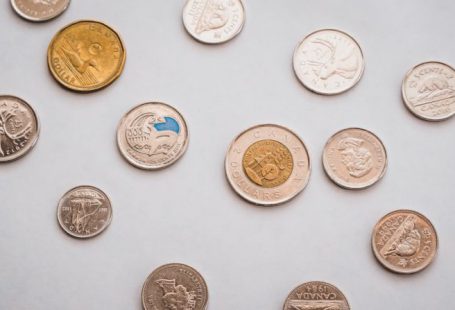Inflation is a term that we often hear in the news or discuss in economic debates, but what does it really mean? In simple terms, inflation refers to the increase in the prices of goods and services over time. When inflation occurs, the purchasing power of your money decreases, meaning that you can buy fewer goods and services with the same amount of money. To protect your savings from the effects of inflation, it is important to understand its causes and take appropriate measures.
Understanding Inflation
Inflation is caused by a variety of factors, but the most common one is an increase in the money supply. When there is more money in circulation, it leads to higher demand for goods and services, which in turn causes prices to rise. This is known as demand-pull inflation. Another cause of inflation is cost-push inflation, which occurs when the cost of production increases, leading to higher prices for consumers.
The Impact of Inflation on Your Savings
Inflation erodes the value of your savings over time. Let’s say you have $10,000 saved up in a bank account that earns no interest. If the inflation rate is 2% per year, after one year, the purchasing power of your savings would effectively be reduced to $9,800. Over time, this can have a significant impact on your financial well-being, especially if you have long-term savings goals such as retirement or buying a house.
Protecting Your Savings from Inflation
While you cannot completely eliminate the effects of inflation, there are steps you can take to protect your savings:
1. Invest in Stocks and Bonds: Investing in stocks and bonds can help you beat inflation over the long term. Historically, stocks have provided higher returns than inflation, although they do come with higher risks. Bonds, on the other hand, provide a fixed income stream and are considered less risky than stocks.
2. Diversify Your Portfolio: Diversifying your investments across different asset classes can help reduce the risk of inflation. By spreading your investments across stocks, bonds, real estate, and commodities, you can mitigate the impact of inflation on your overall portfolio.
3. Invest in Real Estate: Real estate is often considered a good hedge against inflation. As the prices of goods and services rise, so do the value of properties. Investing in real estate can provide you with a tangible asset that retains its value over time.
4. Consider Inflation-Protected Securities: Inflation-protected securities, such as Treasury Inflation-Protected Securities (TIPS), are bonds that are indexed to inflation. These bonds provide investors with a fixed interest rate that adjusts with inflation, ensuring that your purchasing power is protected.
5. Save and Invest Regularly: Regular saving and investing can help you combat the effects of inflation. By consistently adding to your savings and investing in assets that have the potential to outpace inflation, you can grow your wealth over time.
Conclusion: Protecting Your Financial Future
Inflation is a reality that we cannot ignore, but by understanding its causes and taking appropriate measures, we can protect our savings from its effects. Investing in stocks and bonds, diversifying your portfolio, investing in real estate, considering inflation-protected securities, and saving and investing regularly are all strategies that can help you safeguard your financial future. Remember, it’s never too early to start preparing for inflation, so take action today and secure your savings for tomorrow.





